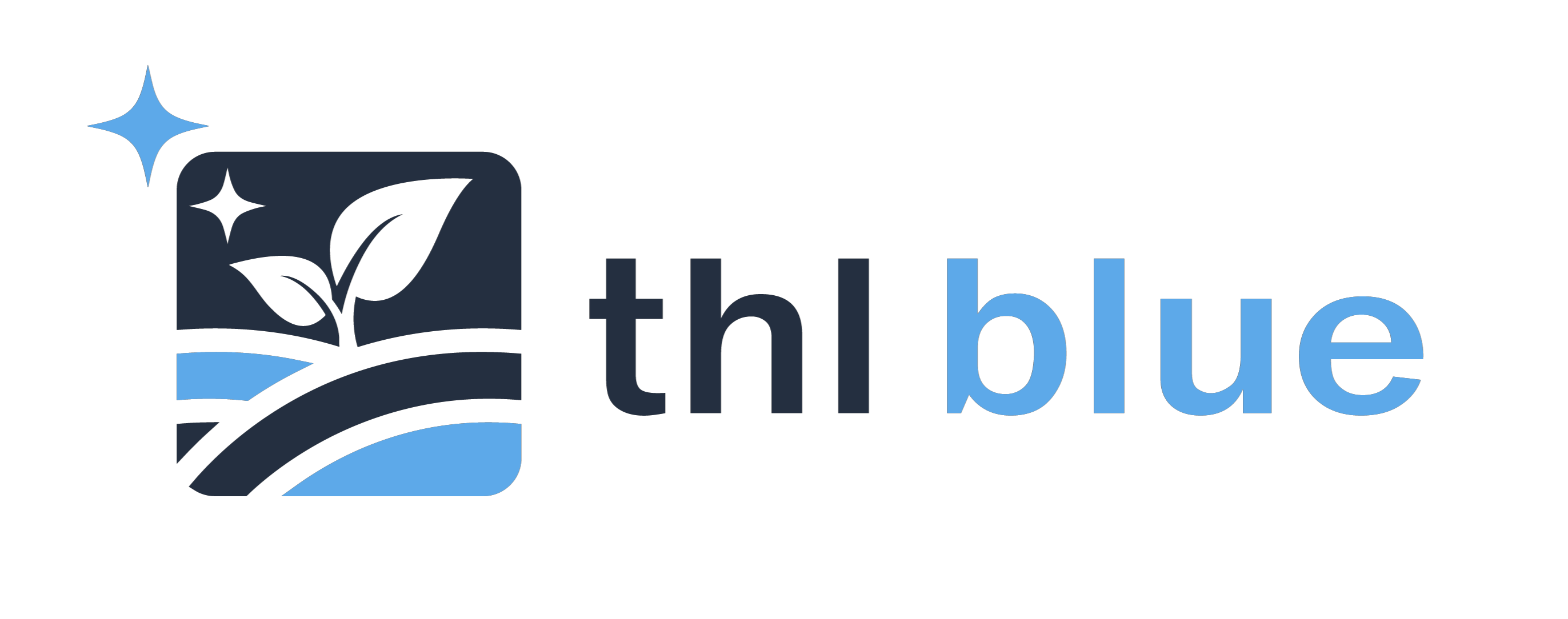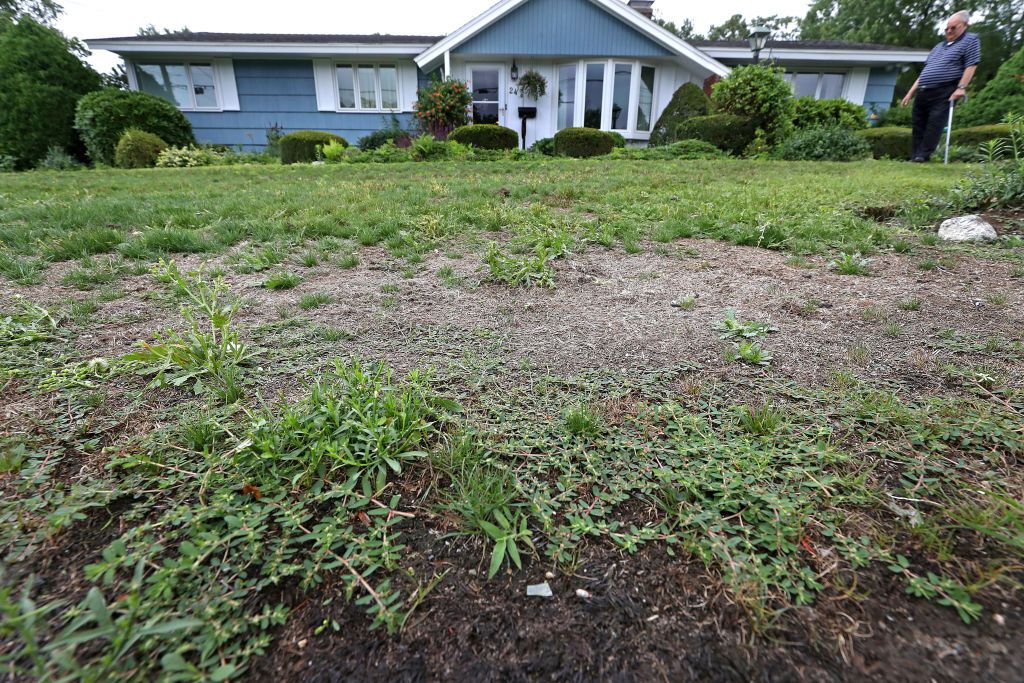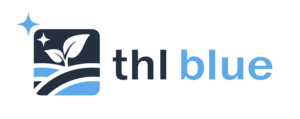EXPOSING THE REAL PROBLEMS
For this article, Texas refers to the Austin, San Antonio, and Houston areas.
If you visit different cities and navigate through various neighborhoods, you will notice most Texas neighborhoods are infested with weeds. Just a few years ago, weeds were not as common, but the Freeze of 2021 exposed ongoing problems, and now those problems have manifested into an epidemic of weeds throughout Texas lawns.
The Freeze of 2021 exposed four ongoing problems with Texas lawns. We classify these problems as tier one and tier two. Tier one: lawn care providers and weed and feed fertilizers, and tier two: developers (home builders) and the soil conditions. Each is an independent variable that could be managed but combining them became a disastrous undercurrent that led to thin, unhealthy lawns and an outbreak of weeds.
*An unhealthy lawn is like a frail immune system. On the surface, everything looks ok and the underlying problem goes undetected until a virus attacks the body. Once attacked, there is little to no defense against the virus. Hence, the outbreak of weeds from the Freeze of 2021.
The Freeze
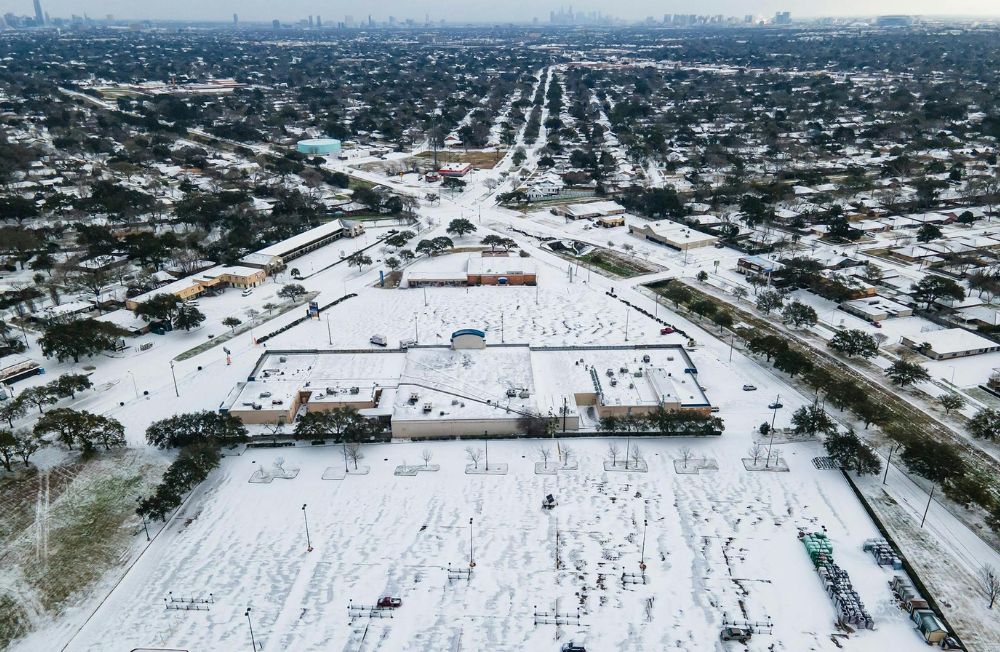
On February 11-20, 2021, a historical winter event occurred that set many records, including being the first billion-dollar weather disaster of that year. A deep freeze impacted parts of the continental United States (CONUS), remarkably engulfing the entire state of Texas. Every county in the state as far south as the Rio Grande River and northeastern Mexico was placed under a Winter Storm Warning, with many experiencing wind chill values below zero. It was the coldest winter storm for Texas since December 1989 1.
Texas was especially impacted because it operated on its own grid system. An independent power system that was brought to the brink of collapse from overload, so a voluntary shutdown was ordered to save the system. This left Texas in the dark and citizens were exposed to freezing conditions. With no tie-in to another system, the freezing conditions left homes without heat and citizens stuck inside trying to stay warm. The freeze also caused enormous damage to vegetation. Completely exposed to freezing conditions for 9 days, very little vegetation was spared.
In a typical winter season grass will go dormant. Dormancy is the physiological process that grasses use to protect themselves from heat and drought. By entering dormancy, grasses are protecting their crowns for future recovery. The crown is at the soil surface, and it is the point from which the grass blades grow, and the roots grow down. As long as the crown remains alive, the grass can recover once temperature and moisture conditions improve 2. The Freeze of 2021 not only put lawns into dormancy, but it killed crowns throughout the state 1. This left many Texas lawns with dead patches and gave weeds ample room to take root and thrive. These patches were exacerbated by tier one problems: lawn care providers and weed and feed fertilizers.
Lawn Care Providers | Multi-yard Mowers
It is quite an oxymoron that lawn care providers are part of the weed infestation in Texas, because their sole function is to maintain and manicure lawns, but they may play the most significant role in the problem. Lawn care providers cross-pollinate. Their equipment and boots spread weeds from yard to yard, and in some cases, spread a variety of grass types to their clients’ lawns. Some customers with Bermuda grass have St. Augustine growing in their yard and vice versa.  Their blowers can also cross-pollinate directly into neighbors’ yards, causing a wind storm of seeds to travel up 100ft in multiple directions.
Their blowers can also cross-pollinate directly into neighbors’ yards, causing a wind storm of seeds to travel up 100ft in multiple directions.
In addition, lawn care providers often cut lawns too low, so minimum growth gives the appearance of the lawn needing to be cut. Lower cuts expose grass roots to extreme weather conditions that will kill the grass leaving open real estate for weeds to thrive.
Weed and Feed Fertilizers
As more weeds began to grow in Texas lawns, homeowners turned to weed and feed fertilizer as a solution. Weed and feed fertilizers damage the soil and can thin and burn grass from an over-concentration of nitrogen, while also slowing grass’s growth with Dicamba, the chemical designed to kill weeds. Sure, some weeds will die, but as many homeowners will tell you, there are just a few here and there. The overall results are minimal. 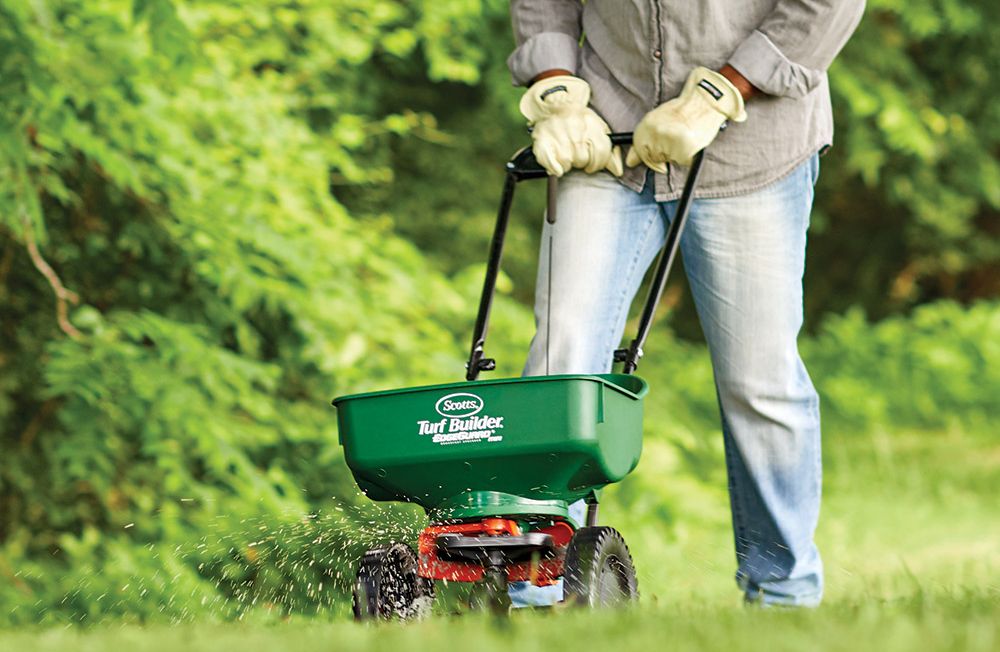 This vicious cycle keeps homeowners buying more because they see a few weeds dying and some moderate grass growth.
This vicious cycle keeps homeowners buying more because they see a few weeds dying and some moderate grass growth.
The gimmick of weed and feed is it will temporarily turn grass green, and in many cases, this is promising enough for most homeowners. What homeowners do not see is their soil is being damaged and their grass is thinning. This is the perfect environment for more weeds—a lawn full of thinning grass and damaged soil. Once more weeds arrive, homeowners buy more weed and feed until their grass is so thin that weeds take over their lawn.
Developers and Home Builders
Builders build houses and they have one goal and that is to sell homes. So, they will lay down sod on top of damaged soil, throw in some light landscaping and hope the home sells fast. They are not concerned with the long-term effects on lawns, so they do not treat the soil for weeds or provide any additional nutrients for the sod.
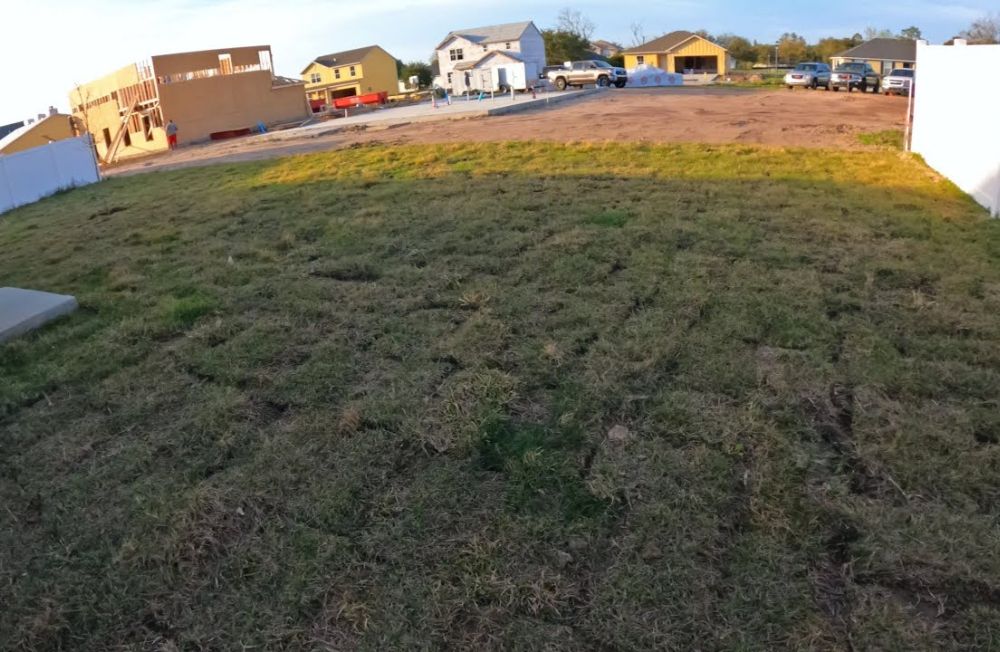
Initially, new lawns look great, but the grass will eventually start to thin and leave open space for weeds to thrive. There are solutions for damaged soil, but by the time a homeowner notices the problem, builders have moved on to the next development, and the problem becomes semi-epidemic throughout the new neighborhoods.
(Damaged soil = hard, rock-filled soil or soil with glass, nails, and debris from contractors.)
Soil Conditions in Texas
The condition of the soil is essential for any plant growth. Healthy soil leads to healthy lawns, similar to healthy soil leads to healthy crops, just ask any farmer. Poor soil will not prevent grass from growing, but it makes it difficult for grass to thrive. Grass roots need to embed themselves deep into soil to extract nutrients. The deeper the root the healthier the plant. Soil conditions can vary dramatically depending on the geographic region, so it is important to understand the topography of an area, because it plays a pivotal role.
Considering Texas is larger or equal to the size of most countries our soil topography covers nearly every condition. Below are the conditions of Houston and the Austin-San Antonio region, and how they relate to the outbreak of weeds.
Austin and San Antonio Soil Conditions
 The Austin-San Antonio region is a hard clay, rock-filled environment that is not conducive for lawns. A mixture of hard clay and limestone in the soil provides extreme resistance to grassroots looking to embed themselves deep into the ground. Grassroots need depth to extract nutrients from the soil, and Austin|SA topography is not conducive to grass roots looking to extract nutrients. This leads to many homeowners with thin and unhealthy lawns.
The Austin-San Antonio region is a hard clay, rock-filled environment that is not conducive for lawns. A mixture of hard clay and limestone in the soil provides extreme resistance to grassroots looking to embed themselves deep into the ground. Grassroots need depth to extract nutrients from the soil, and Austin|SA topography is not conducive to grass roots looking to extract nutrients. This leads to many homeowners with thin and unhealthy lawns.
This rock-heavy soil also lacks nutrients. Grass needs a variety of nutrients to thrive. Rocks provide zero nutrients for lawns and the Austin|SA region has more rocks in the soil than nutrients.
Houston Soil Conditions
 Houston has excellent soil for lawns, but soil conditions were never the problem for Houston. Soil conditions actually made problems worse in Houston. The rich soil helps weeds thrive, it was Hurricane Harvey that played a pivotal role in the outbreak of weeds in Houston.
Houston has excellent soil for lawns, but soil conditions were never the problem for Houston. Soil conditions actually made problems worse in Houston. The rich soil helps weeds thrive, it was Hurricane Harvey that played a pivotal role in the outbreak of weeds in Houston.
Rain from Harvey acted like a conveyor belt for weeds. As rivers, creeks and bayous breached their banks, they carried plant material with them. The water nesting over lawns became a soupy slurry of seeds 3.
These seeds contained a mixture of weeds and grass types causing Houston lawns to transform into a hodgepodge of greenery that resembled a pasture more than a neighborhood lawn. The freeze played its part, but Houston had an epidemic brewing prior. Weeds began to thrive after the freeze from empty lawns of dead grass. The perfect condition for weeds.
The Solution
Conclusion
The Freeze of 2021 exacerbated an undercurrent of issues in Texas that led to an outbreak of weeds. Different regions experienced different challenges based on their existing geographic conditions, but a few variables were man-made. Lawn care providers and developers contribute to the outbreak by cutting corners in the name of profits but could make small changes that would assist in controlling the epidemic. Other contributing factors like weed and feed fertilizers and soil conditions can be mitigated through education and proper usage.
Ultimately there is hope for Texas residents. Eliminating weeds, removing dead weeds and grass, and applying a soil conditioner is an excellent starting point for any homeowner. This will hit the reset button for lawns and them a chance to revive. For homeowners who feel overwhelmed by this process, companies like THL Blue provide a one-stop shop to a healthy and vibrant lawn.
Sources:
1. The Great Texas Freeze: February 11-20, 2021. (2024, March 26). National Centers for Environmental Information (NCEI). https://www.ncei.noaa.gov/news/great-texas-freeze-february-2021
2. Utah State University. (2023, December 14). Is Your Lawn Dead or Dormant? USU. https://extension.usu.edu/yardandgarden/research/is-your-lawn-dead-or-dormant
3. Marks, M. (2018, August 22). In Brazoria County, Ranchers’ Biggest Post-Storm Battle Is Often A Fight against Weeds. Houston Public Media. https://www.houstonpublicmedia.org/articles/news/2018/08/21/300991/in-brazoria-county-ranchers-biggest-post-storm-battle-is-often-a-fight-against-weeds/
